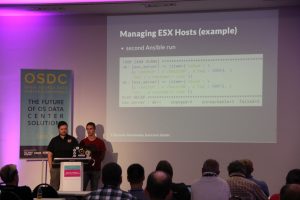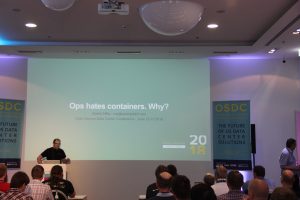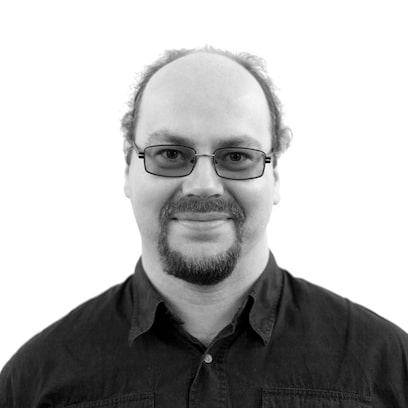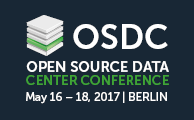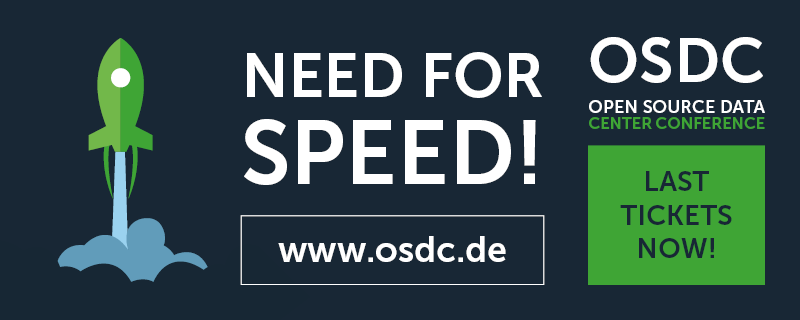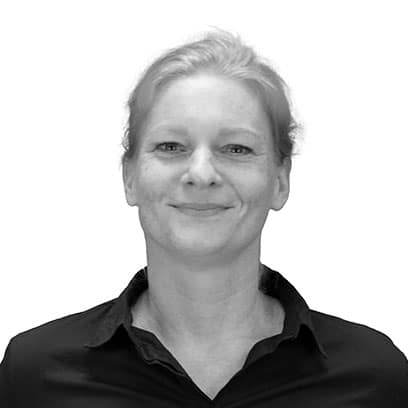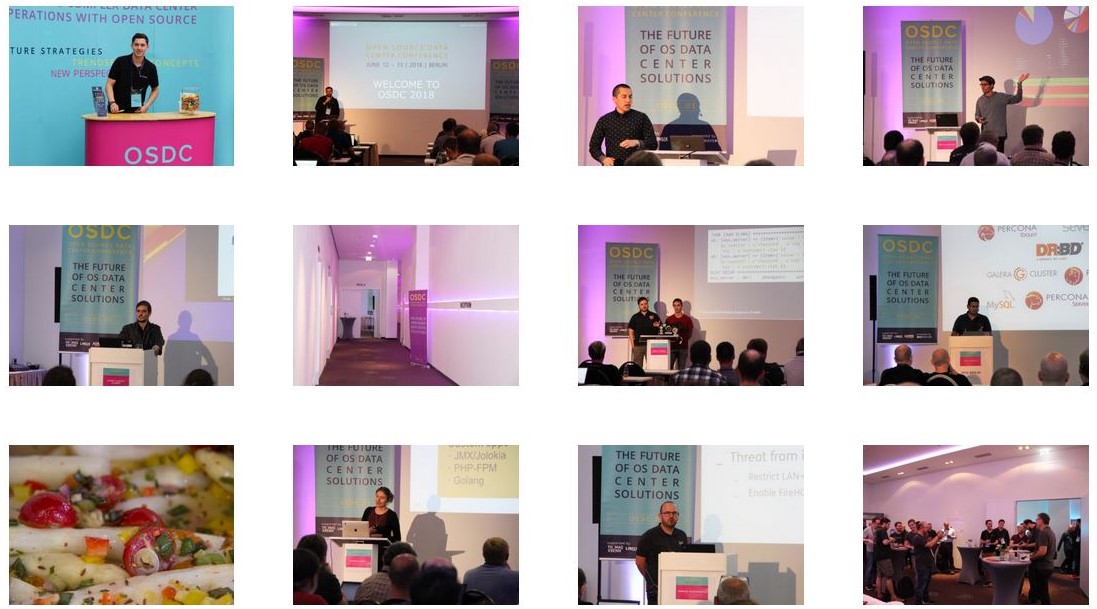
Open Source Data Conference| JUNE 12 – 13, 2018 | BERLIN
Hello Open Source Lovers,
as we know all of you are most of the time focused on the things to come: An upcoming release or a future-oriented project you are working on. But as Plato said, „twice and thrice over, as they say, good is it to repeat and review what is good.“
OSDC Archive is online, giving us the occasion to do so.
OSDC 2018 was a blast! Austria, Belgium, Germany, Great Britain, Italy, Netherlands, Sweden, Switzerland, Spain, Czech Republic and the USA: 130 participants from all over the world came to Berlin to exchange thoughts and discuss the future of open source data center solutions.
„Extending Terraform“, „Monitoring Kubernetes at scale“, „Puppet on the Road to Pervasive Automation“ and „Migrating to the Cloud“ were just a few of many, trailblazing topics: We are overwhelmed by the content and quality of speakers, who presented a really interesting range of technologies and use cases, experience reports and different approaches. No matter what topic, all of the 27 high-level speakers had one goal: Explain why and how and share their lessons learned. And by doing so they all contributed to „Simplifying Complex Infrastructures with Open Source“.
Besides the lectures the attendees joined in thrilling discussions and a phenomenal evening event with a mesmerizing view over the city of Berlin.
A big thank you to our speakers and sponsors and to all participants, who made the event special. We are already excited about next year’s event – OSDC 2019, on May 14 to 15 in Berlin. Save the date!
And now, take a moment, get yourself a cup of coffee, lean back and recap the 2018 conference. Have a look at videos and slides and photos.
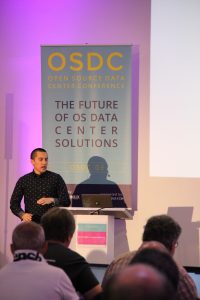 First talk was
First talk was 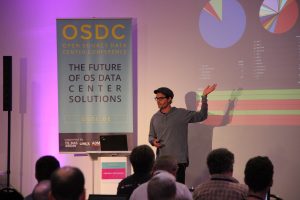 Second was „Hardware-level data-center monitoring with Prometheus“ presented by Conrad Hoffmann who gave us some look inside of the datacenter of Soundcloud and their monitoring infrastructure before
Second was „Hardware-level data-center monitoring with Prometheus“ presented by Conrad Hoffmann who gave us some look inside of the datacenter of Soundcloud and their monitoring infrastructure before 